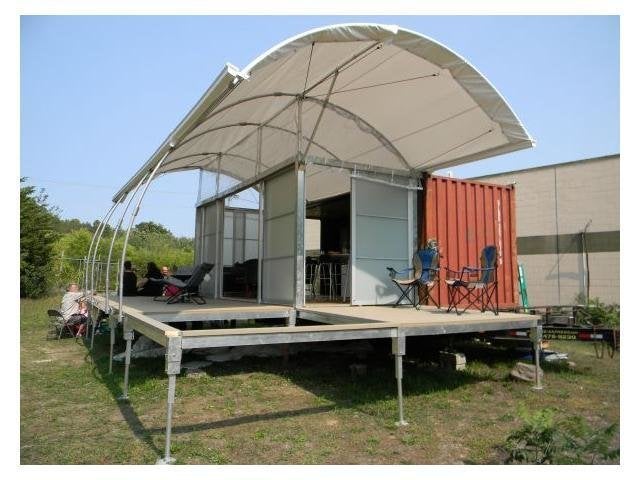Much of the attention on America's rapidly growing aging population is aptly focused on the need for professional, reliable caregivers to help the elderly age in place at home. What we might forget to consider, however, is the equally critical component of ensuring that the homes themselves are eldercare friendly, enabling seniors to live and move with ease despite the limited mobility they inevitably experience as part of the aging process.
Nobody appreciates the importance of elderly home preparedness more than Louis Tenenbaum. Founder of the grassroots advocacy groups HomesRenewed.org and the Aging in Place Institute, Tenenbaum works with individual families, builders, developers and communities to set the stage for elderly adults to remain safe and comfortable in their own homes.
"Although a large majority of older Americans say they want to Age in Place, it is often more easily said than done," he states in a white paper published by the MetLife Mature Marketing Institute. "Today's care infrastructure, technologies, existing housing, funding resources and the businesses and services available for Aging in Place are not being fully realized in order to achieve the promise most hope for as America ages."
His solution? A combination of heightened awareness, entrepreneurship and government programs and incentives. He writes in a blog post:
"We have the responsibility to prepare our homes, finances and health. But we need education and encouragement...[g]overnments at all levels must use incentives and regulations to help businesses facilitate individuals to do the right things. Accessibility can be required for new buildings. Accessory apartments make more housing options available to more people. Tax breaks can encourage accessible renovations or new building."
It is his latter point that was touched upon in a recent piece in Forbes ("Is It Time For Tax Credits to Help People Age In Place?"), where Mr. Tenenbaum makes a compelling case for tax credits that would "heighten consumer awareness of the types of products needed to age in place well." (The state of Virginia has had great success with such credits; homeowner participation quadrupled over a five-year period).
Mr. Tenenbaum is certainly not alone in his thinking that "our houses are the key to aging well." Harvard Medical School's HEALTHBeat just last month listed adapting your home as the first of six ways to help the elder prepare to age well. It also notes a point that Mr. Tenenbaum has reiterated time and again: the importance of taking preventative measures, particularly in retrofitting your home, before the changes are actually needed.
Getting older is not easy -- and certainly not inexpensive. From increased health care expenditures to more costly medical bills, the elderly already face significant financial burdens without having to worry about the cost of retrofitting their homes. Accordingly, making it easier -- and financially feasible -- for the elderly to prepare their homes should be a national priority. After all, those that are able to age in place enjoy a far greater quality of life and longer good health than those that cannot. Kudos to Mr. Tenenbaum for leading the way.
Earlier on Huff/Post50:

